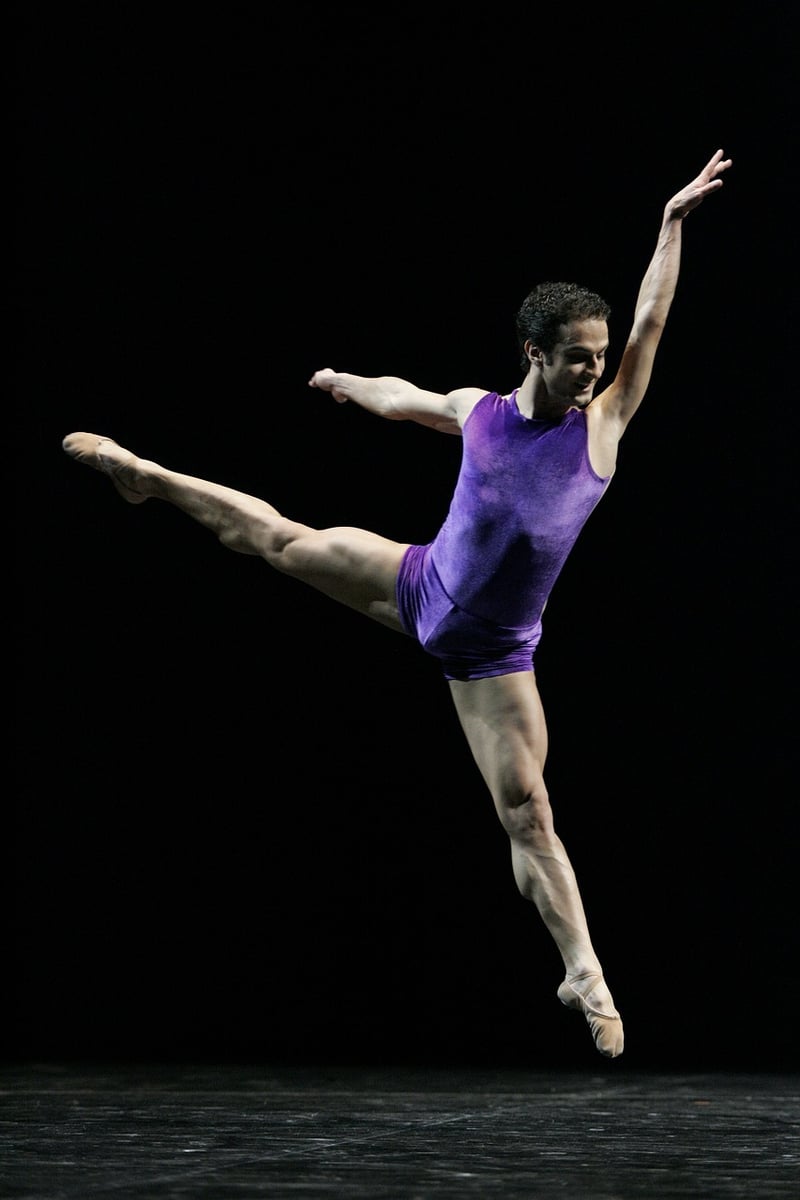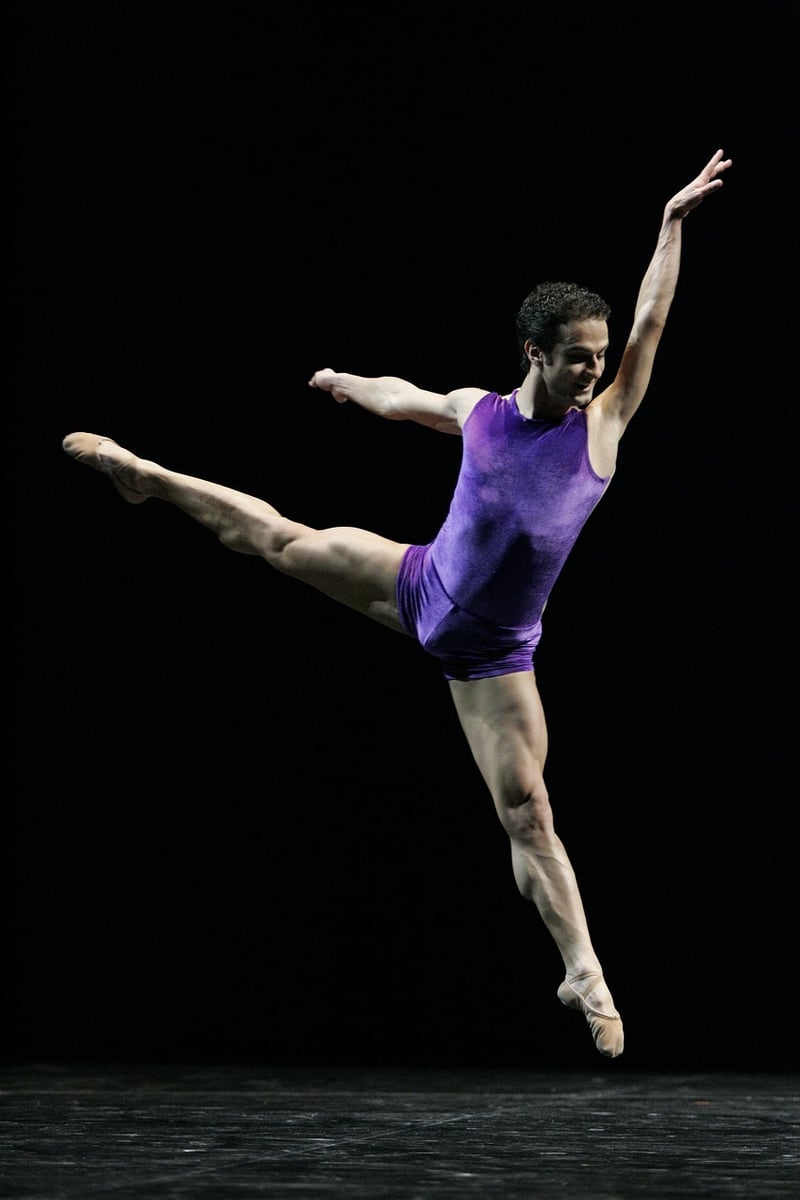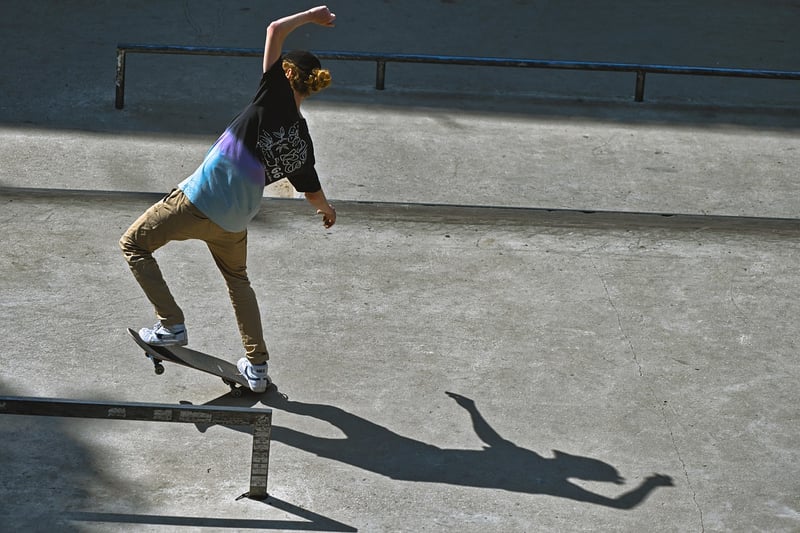Contemporary Moves
The Art of Expressive Movement and Contemporary Moves
Expressive movement and contemporary dance are forms of artistic expression that captivate audiences with their unique blend of emotion, creativity, and physicality. In this article, we delve into the world of expressive movement and contemporary moves, exploring their history, techniques, and significance in the realm of dance.
History of Expressive Movement
Expressive movement has its roots in modern dance, a rebellious response to the rigid structures of classical ballet. Pioneers such as Isadora Duncan and Martha Graham paved the way for dancers to explore themes of emotion, individuality, and storytelling through movement.

Techniques and Characteristics
Expressive movement focuses on conveying emotions and narratives through the body's fluid and dynamic motions. Dancers often use improvisation, breath control, and organic movements to create a sense of raw, authentic expression.
Contemporary Moves
Contemporary dance builds upon the foundations of expressive movement, blending elements of various dance styles, including ballet, jazz, and modern dance. This genre encourages dancers to push boundaries, experiment with new forms, and challenge traditional notions of dance.

Significance in Dance
Expressive movement and contemporary moves offer dancers a platform to express their innermost thoughts, feelings, and experiences through physicality. These forms of dance push boundaries, inspire creativity, and invite audiences to connect with the performers on a deeper, more personal level.
Conclusion
In conclusion, expressive movement and contemporary moves represent the evolution of dance as a powerful form of artistic expression. By embracing emotion, creativity, and innovation, dancers continue to push the boundaries of what is possible in the world of movement and performance.
Embrace the artistry of expressive movement and contemporary dance, and let your body tell stories that words cannot.
